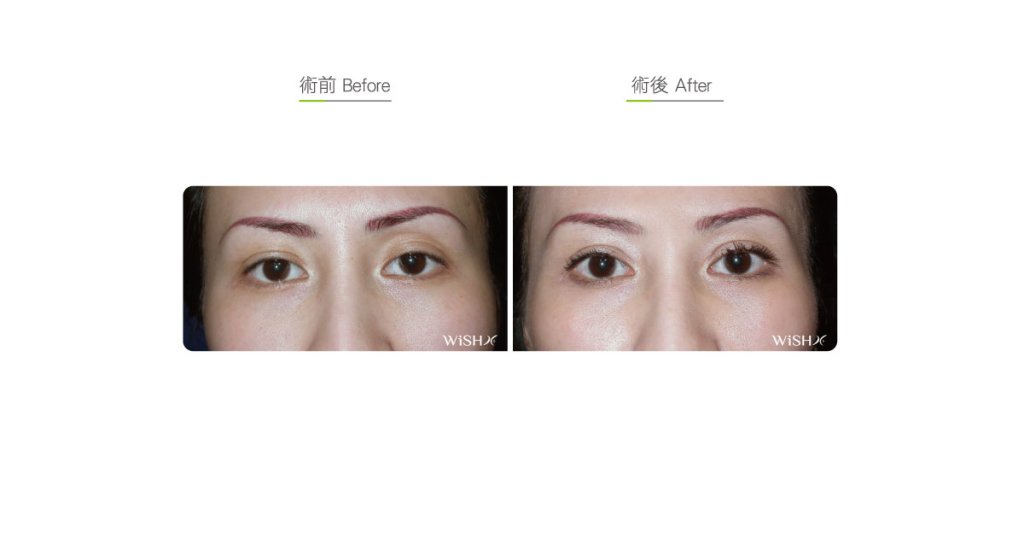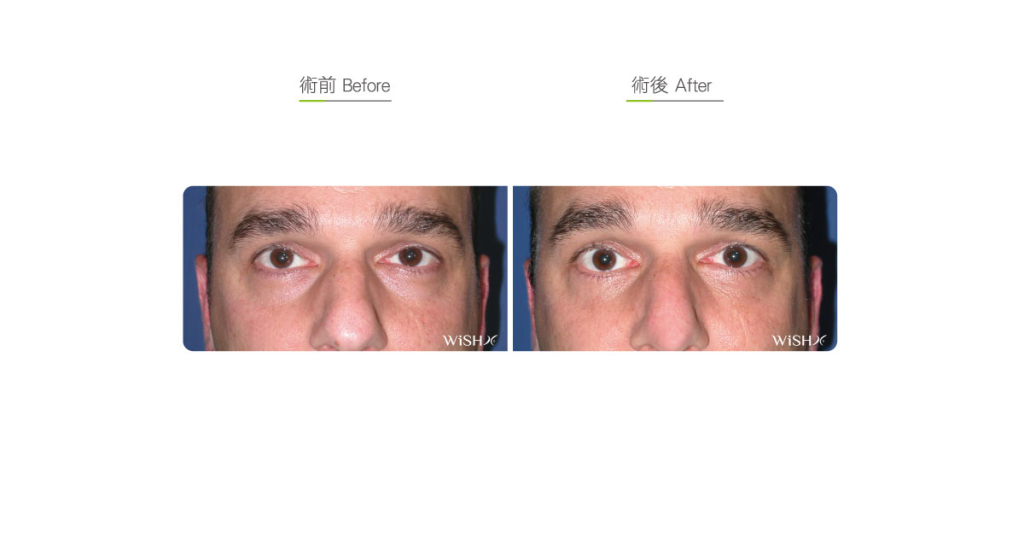Autologous Fat Injection
This technique is similar to the injection of hyaluronic acids, but it needs to extract fats from other body parts ( through liposuction), which after purification are injected to the ocular socket depression site after purification of fats. The injection needs only a small needle, so no scar will be noticedform.. However, due to the probability of fat absorption, the self-absorption ratedegree differs along with individual physical conditions, and it is hard to predict the results; therefore, Dr. Chuang injects abundant fats during the surgery to offset probable absorption. The recovery of this surgery is slower than the filler injection. Patients usually have eyelid swelling, heaviness, or even palpable lumps for 1–-2 months postoperatively, which requires aboutover 3 months to attain for natural and stable results to be completely regained. Nevertheless, the average viability rate of fats injected at the ocular socket amounts to over 50%, so if up to standards, it sustains the results for approximately 3–5 years and does not require management within the short term. Its drawbacks are that the surgical results are difficult to be predicted and evaluated and that it is not suitable for patients already having eyelid laxity, which is prone to aggravating ptosis due to postoperative fat downward compression postoperatively.
Surgical conditions
Duration
- Type of anesthesia: IV sedation + local anesthesia
- Surgical incision: A needle hole at the lateral side of the upper eyelid
At the umbilicus (incision for the liposuction) - Recovery: 2–-3 months
- Removal of stitches: 7 days
General instructions
No food and water on the day of surgery
- Abstain from ice and warm compresses for 1 month postoperatively.
- Avoid smoking, and alcohol, and ocular compression, and massage for 3 months postoperatively.
- Avoid hot springs, saunas, baking ovens, and other overheated environments for 6 months postoperatively.
Ideal candidates
- Patients with aging-related ocular socket fat loss or atrophy
- Those with ocular socket depression due to congenitally excessively prominent eyebrow bones
- Those with ocular socket depression whose double eyelids are still distinct and profound
- Those with eyelid psueudo–depression due to exophthalmos caused by a disease (such as hyperthyroidism)
- Those unable to accept the scar of eyelid surgery
Potential complications
- Temporary lumps
- Eyelid unevenness
- Eye fold asymmetry
- Self-absorption of fats
Surgical advantages
-
The surgery does not leave any wound or scar.
-
It only fills the ocular socket depression and does not change the shape of the double eyelids.
-
It corrects the drawbacks of hyaluronic acids that need to be repeatedly injected for a short term.
Surgical drawbacks
-
It is difficult to predict the self-absorption ratedegree, so the postoperative results may differ among individuals.
-
Postoperative eyelids may show temporary lumps or compression.
-
It mostly takes over 2–-3 months to attain natural results.
-
The physiques of a minority of patients may cause a the premature loss or complete absorption of fats.


